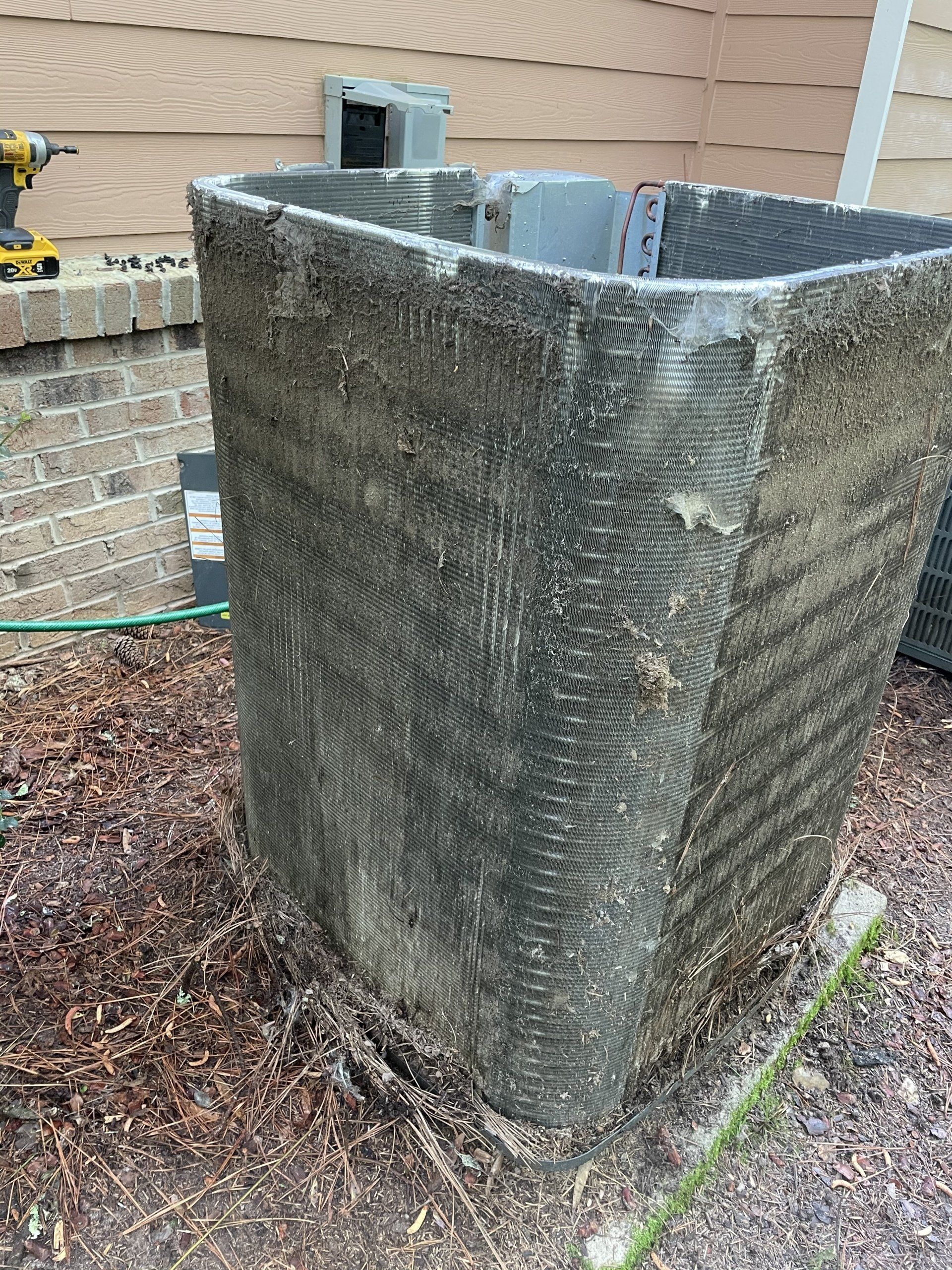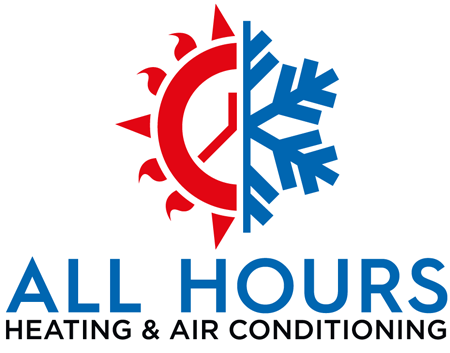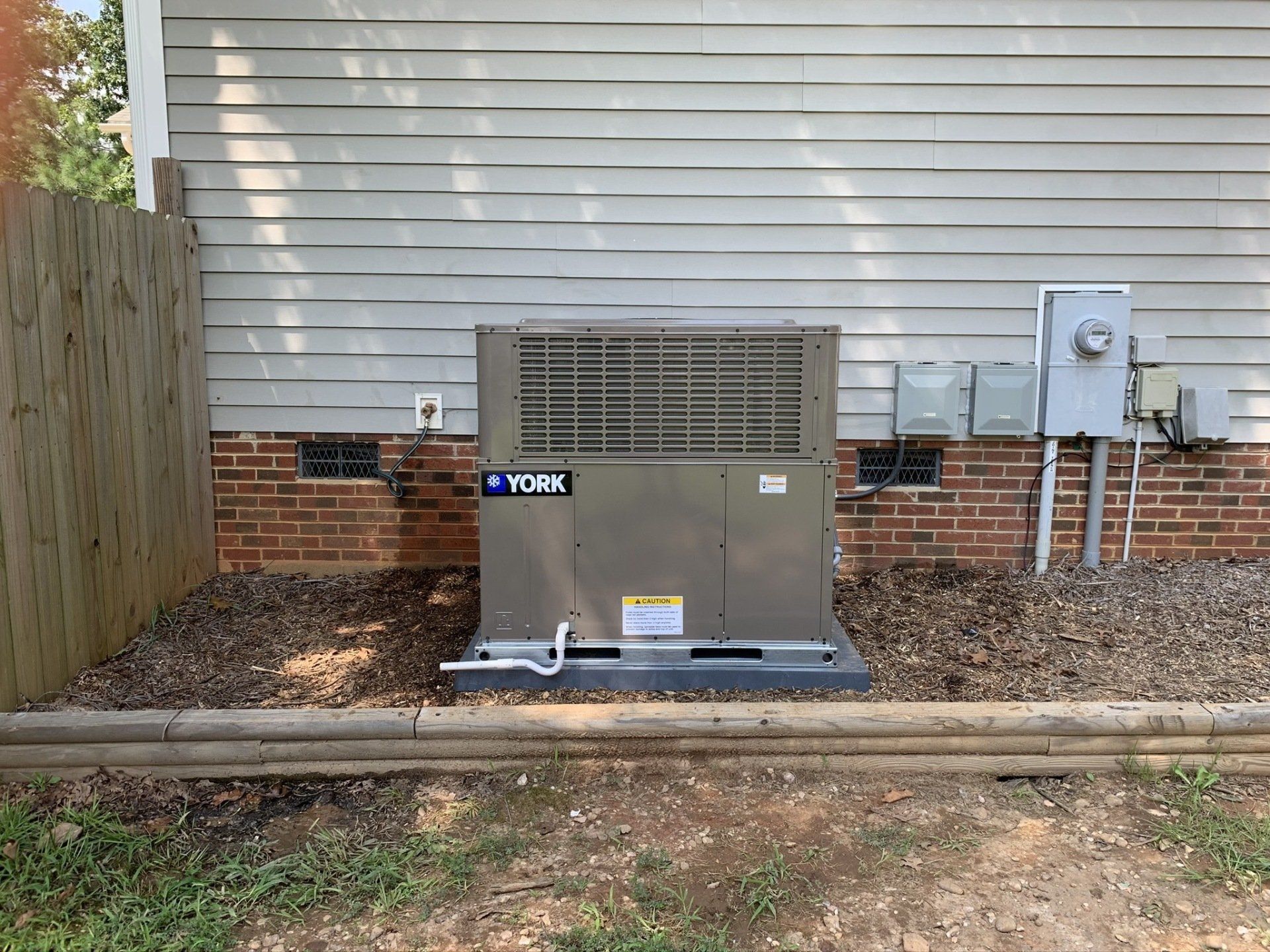Choosing the Right HVAC System: Cost &Types Guide
Choosing the Right HVAC System for You
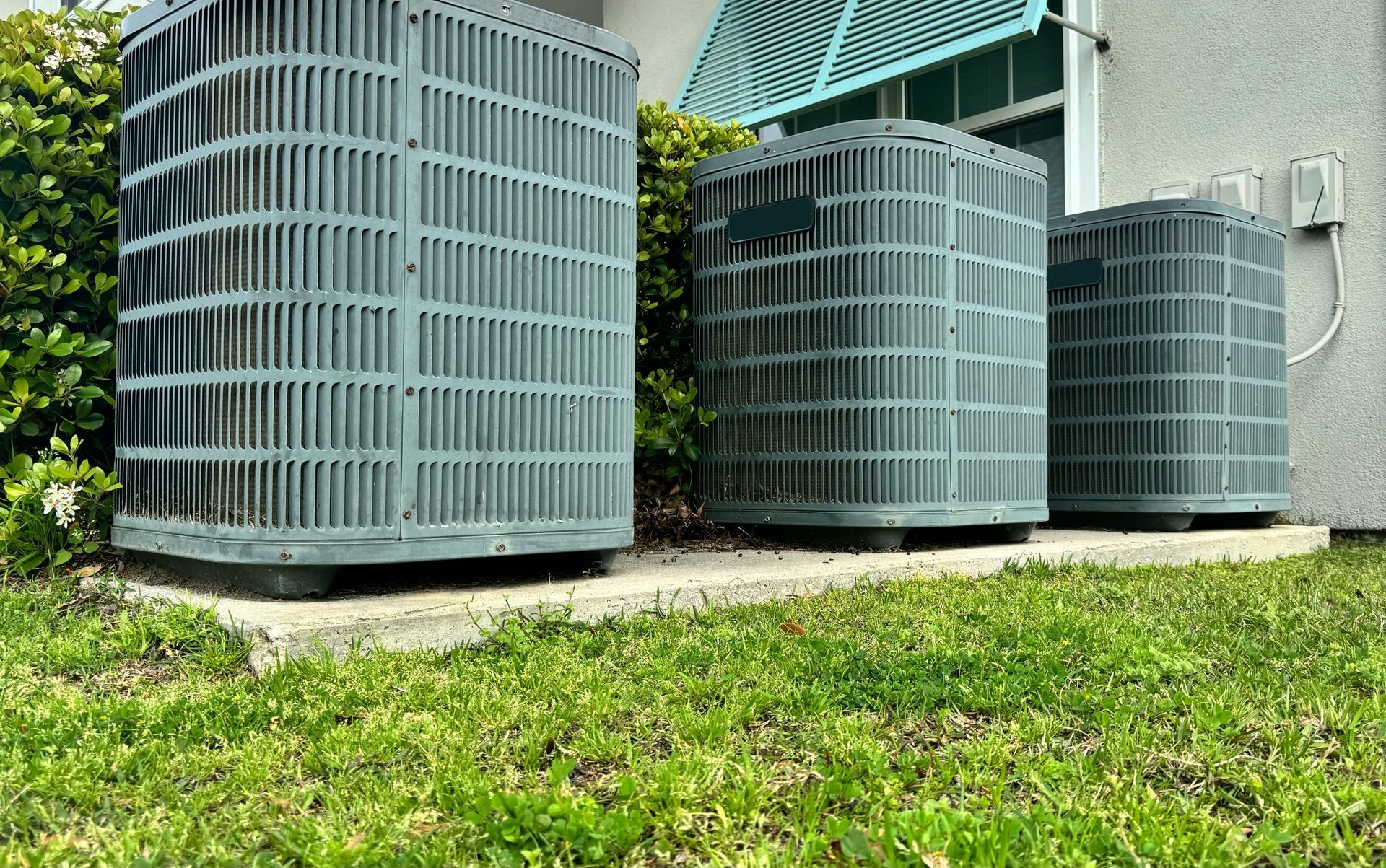
When it comes to maintaining comfort in your home, few systems are more essential than your heating, ventilation, and air conditioning (HVAC) system. Whether you're building a new home or replacing an outdated unit, selecting the right HVAC system is crucial for energy efficiency, cost savings, and overall comfort. This guide will help you navigate the process of choosing the right HVAC system tailored to your needs. HVAC systems are complex networks designed to regulate the temperature and air quality of your home. They typically consist of a furnace, air conditioner, ductwork, and a thermostat. Understanding each component's role can help you make informed decisions during your selection process.
Components of an HVAC System
An HVAC system is more than just a heater or an air conditioner; it's a combination of multiple components working together. The furnace provides heating, using gas or electricity to warm the air. Meanwhile, the air conditioner cools the air, often using a refrigerant in a cycle of condensation and evaporation. Ductwork distributes the conditioned air throughout your home, while the thermostat acts as the control center, adjusting temperatures to your preference. Knowing how each part functions can help you identify what you need in a new system.
The Role of Technology in Modern HVAC Systems
With advancements in technology, modern HVAC systems are smarter and more efficient than ever. Smart thermostats, for instance, learn your schedule and preferences to optimize heating and cooling cycles. Some systems even allow remote control via smartphone apps, providing convenience and enhanced energy management. Understanding these technological features can help you choose a system that not only meets your current needs but also adapts to future lifestyle changes.
Common Myths About HVAC Systems
There are several misconceptions about HVAC systems that can influence your purchasing decision. One common myth is that larger systems are always better; however, oversized systems can lead to inefficiencies and increased wear and tear. Another myth is that systems don’t need maintenance if they’re working fine; neglecting regular care can lead to costly repairs down the line. By dispelling these myths, you can approach your HVAC selection process with a clearer understanding.
Types of HVAC Systems
There are several types of HVAC systems, each with its own advantages and considerations:
Split Systems
Split systems are the most common type, consisting of an indoor unit and an outdoor unit. They offer efficient heating and cooling, making them a popular choice for many homeowners. These systems are versatile, providing both heating and cooling in one package, which can be particularly advantageous for homes in climates with distinct seasonal changes. The installation process is straightforward, but it requires sufficient space for both units.
Hybrid Systems
Combining a traditional split system with a heat pump, hybrid systems offer flexibility in energy use by switching between gas and electric power. This adaptability can lead to significant energy savings, especially in regions where electricity prices fluctuate. Hybrid systems are designed to optimize efficiency by using the most cost-effective energy source available at any given time. They are ideal for environmentally-conscious homeowners looking to reduce their carbon footprint without compromising comfort.
Ductless Mini-Split Systems
Ideal for homes without existing ductwork, these systems provide zoned heating and cooling. They are energy-efficient and easy to install. Ductless systems allow for individual temperature control in different areas or rooms, providing personalized comfort and potential energy savings by heating or cooling only occupied spaces. Their compact design makes them suitable for retrofitting older homes or adding climate control to new additions.
Packaged Heating and Air Systems
All components are housed in a single unit, typically installed outside the home. These systems are compact and suitable for homes with limited indoor space. Packaged systems are often used in commercial settings but can be a practical solution for residential properties where space is a premium. They offer a streamlined installation process and are generally easier to maintain, as all components are located in one accessible place.
Geothermal Heat Pumps
Utilizing the earth's natural heat, these systems are highly energy-efficient and environmentally friendly, though they come with higher upfront costs. Geothermal systems use underground pipes to transfer heat to and from the ground, providing a stable and consistent energy source. Despite the initial investment, they offer significant long-term savings on energy bills and are considered one of the most sustainable HVAC options. They are particularly effective in areas with extreme weather conditions, as they rely on the consistent underground temperature.
Factors to Consider When Choosing an HVAC System
Selecting an HVAC system involves more than just picking a model off the shelf. Here are key factors to consider:
Size and Capacity
The size of your HVAC system should match the size of your home. An undersized system will struggle to maintain comfort, while an oversized system will cycle on and off frequently, wasting energy. It's essential to conduct a load calculation to determine the appropriate capacity for your home. A professional HVAC technician can perform this calculation, taking into account factors such as square footage, ceiling height, insulation quality, and window placement. Proper sizing ensures optimal performance and energy efficiency.
Energy Efficiency
Look for systems with high Seasonal Energy Efficiency Ratio (SEER) ratings for air conditioners and Annual Fuel Utilization Efficiency (AFUE) ratings for furnaces. Higher ratings indicate greater efficiency and lower energy bills. Energy-efficient systems may come with a higher initial cost but offer significant savings over time through reduced utility bills. Additionally, many energy-efficient models qualify for rebates or tax incentives, further offsetting the purchase price.
Cost
Costs can vary significantly based on the type and efficiency of the system. Here's a breakdown of average costs:
- Central Air Conditioner Replacement Cost: The average cost to replace a central AC central AC unit range ranges from $3,000 to $7,000, depending on the system size and complexity of installation.
- Furnace and Air Conditioner Replacement: Replacing both a furnace and an air conditioner can cost between $4,000 and $12,000.
Understanding the total cost of ownership is crucial when selecting an HVAC system. This includes not only the initial purchase price and installation costs but also ongoing maintenance and operational expenses. Evaluating these costs in relation to your budget and long-term savings goals can help you make a financially sound decision.
Reliability and Warranty
Choose a reputable brand known for reliability and excellent customer service. Check the warranty terms to ensure long-term protection against defects and repairs. A strong warranty can provide peace of mind and financial protection, covering parts and labor for a specified period. Additionally, researching customer reviews and ratings can offer insights into the real-world performance and reliability of different brands and models.
Environmental Impact
If reducing your carbon footprint is a priority, consider systems with eco-friendly refrigerants and high energy efficiency ratings. Many newer HVAC systems use refrigerants that have a lower environmental impact compared to older models. Additionally, investing in energy-efficient equipment reduces greenhouse gas emissions and can contribute to a more sustainable future. Evaluating the environmental credentials of a system can help align your purchase with your personal values and sustainability goals.
The Installation Process
Proper installation is crucial for optimal performance and longevity of your HVAC system. Here's what to expect during the installation process:
Assessment
A professional HVAC technician will evaluate your home to determine the best system type and size. This assessment includes a thorough examination of your home's layout, insulation, and existing ductwork, if applicable. The technician will also discuss your comfort preferences and any specific requirements you may have, such as air quality concerns or zoning needs. This comprehensive evaluation ensures that the selected system is tailored to your home's unique characteristics.
Estimates and Quotes
Request free AC unit estimates from multiple contractors. Compare prices, warranties, and customer reviews to make an informed decision. Obtaining multiple quotes allows you to gauge the fair market price for the system and installation services. Additionally, you can assess the professionalism and expertise of different contractors, ensuring you choose a reputable company that will deliver quality workmanship.
Installation
The installation process typically involves removing the old unit, preparing the installation site, and connecting the new system. This can take anywhere from a few hours to a couple of days, depending on the complexity. During installation, the technicians will ensure that all components are correctly connected and calibrated for optimal performance. They will also verify that the system meets local building codes and safety standards, providing you with peace of mind.
Testing and Handover
Once installed, the technician will test the system to ensure it operates correctly and efficiently. You'll receive instructions on system operation and maintenance. This final step includes demonstrating how to use the thermostat and any other controls, explaining routine maintenance tasks, and answering any questions you may have. Proper education on system operation helps you maximize efficiency and prolong the life of your HVAC system.
Maintenance and Care
Routine maintenance is vital for extending the lifespan of your HVAC system and maintaining efficiency. Regular tasks include:
Changing Air Filters
Replace filters every 1-3 months to ensure proper airflow and indoor air quality. Dirty filters can restrict airflow, forcing your system to work harder and leading to increased energy consumption and potential damage. Regular filter replacement is one of the simplest yet most effective ways to maintain your system's efficiency and improve the air quality in your home.
Scheduled Inspections
Have a professional inspect your system annually to identify and address potential issues before they escalate. These inspections can uncover hidden problems, such as leaks or worn components, that could lead to costly repairs if left unchecked. Regular check-ups also ensure that your system is operating at peak efficiency, reducing energy costs and extending its lifespan.
Cleaning and Repairs
Keep outdoor units free from debris and ensure all components are clean and in good working order. Clearing leaves, dirt, and other obstructions from around the outdoor unit improves airflow and prevents overheating. Inside, regular cleaning of components like coils and fans helps maintain efficiency and prevents breakdowns. Addressing minor repairs promptly can prevent them from developing into major issues, saving you money and inconvenience.
Conclusion
Choosing the right HVAC system is a significant investment in your home's comfort and energy efficiency. By understanding the different types of systems, considering essential factors like size and cost, and ensuring professional installation, you can select a system that meets your needs and budget. Remember, regular maintenance is key to ensuring your system's longevity and performance.
Invest wisely, and enjoy a comfortable and efficient home environment year-round. With the right HVAC system, you're not just buying a product—you're investing in a better quality of life. Whether you're looking for immediate comfort improvements or long-term savings, making an informed choice about your HVAC system can have lasting benefits for you and your home.
All Hours Staff Blog
